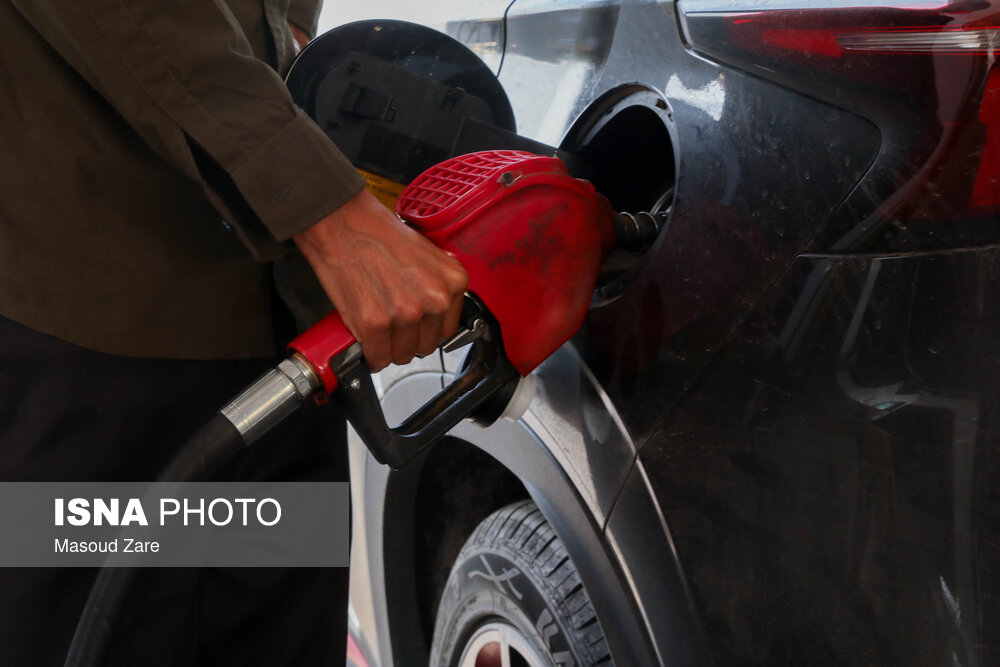Etemad wrote in its Sunday edition that the low price, compared to the free market exchange rates, has been unchanged for five years, despite inflation rising to about 40 percent and harsh sanctions imposed on the country.
Historically, the highest dollar price of gasoline in Iran occurred between 2007 and 2010, coinciding with abundant oil revenues. However, intensified sanctions and rising exchange rates have since reduced the dollar value of a liter of gasoline to its lowest in three decades, Etemad noted.
The unrealistic energy prices in Iran have led to numerous challenges, creating lucrative opportunities for profiteers to smuggle Iranian fuel to neighboring countries at multiple times the domestic price, with estimates suggesting it costs the country around $5 billion annually.
Experts argue that to address the budget deficit and gasoline issues, a proposal to allocate gasoline quotas to individuals should be included in the next year’s budget.
The strategy is expected to reduce personal consumption, eliminate smuggling, and cease gasoline imports.
Currently, each vehicle in Iran is allocated 60 liters of gasoline per month at a subsidized rate, approximately three cents per liter. The government-set price for unsubsidized gasoline is 3,000 tomans per liter, which is roughly six cents.
